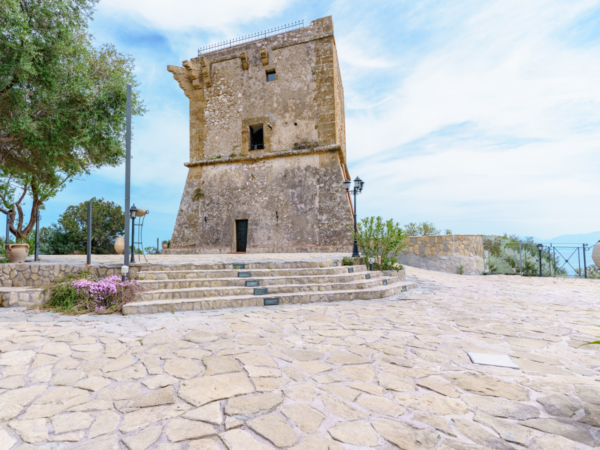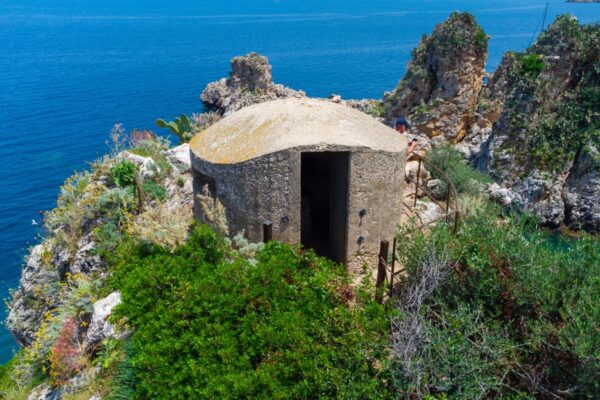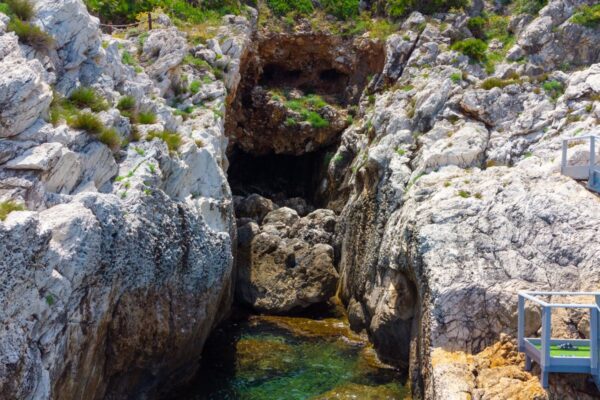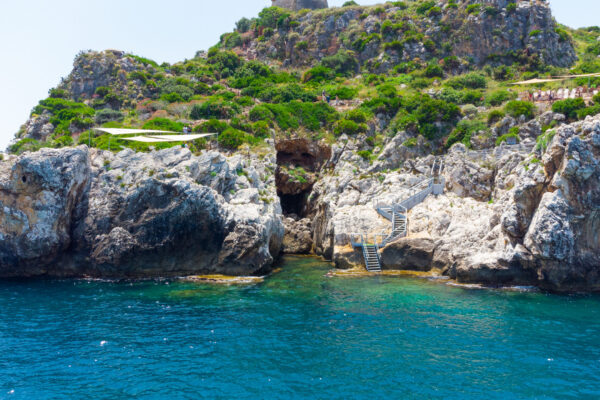Built as a Deputation Tower in a highly strategic position, its purpose was defense, observation, and communication with other towers through smoke signals: the warning message completed the tour of the island within a day.
In particular, Torre Doria was completed in 1602, following various disputes, technical considerations, and practical studies of the territory, and was positioned at a decisive point, above the Tonnara and about 1 km from the current Zingaro Nature Reserve, becoming one of the most efficient towers in the entire defense system.

In particular, Torre Doria was completed in 1602, following various disputes, technical considerations, and practical studies of the territory, and was positioned at a decisive point, above the Tonnara and about 1 km from the current Zingaro Nature Reserve, becoming one of the most efficient towers in the entire defense system.
However, Torre Doria, still in an optimal state of preservation, resumed its military activity during the Second World War as a military garrison, serving as an anti-aircraft base, while the 'casemate,' positioned under the Tower and camouflaged among the rocks, is emblematic of the state of the art that military engineering reached at the outbreak of the war.
However, Torre Doria, still in an optimal state of preservation, resumed its military activity during the Second World War as a military garrison, serving as an anti-aircraft base, while the 'casemate,' positioned under the Tower and camouflaged among the rocks, is emblematic of the state of the art that military engineering reached at the outbreak of the war.

In any case, over time, and especially at the end of the Second World War, the Tower was briefly occupied by the Americans who landed on the island in July 1943, and later abandoned and returned to its owners.












